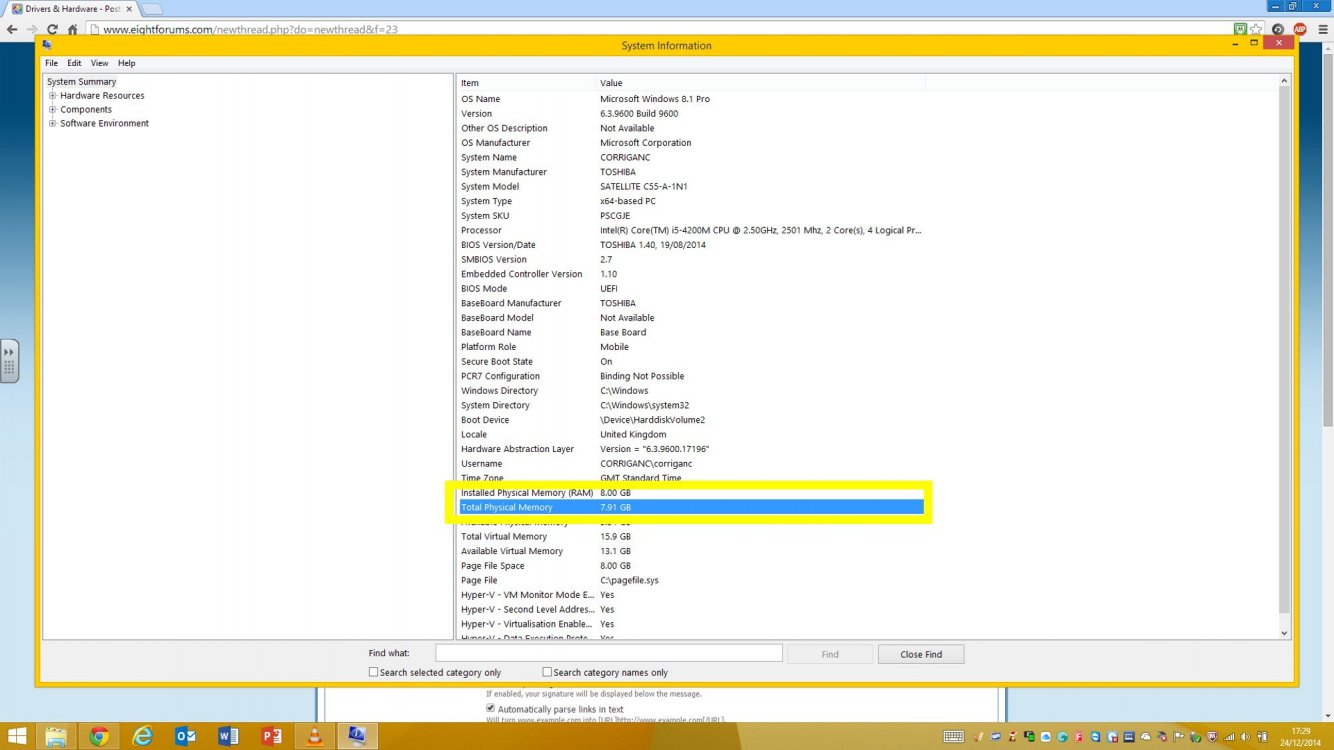The virtual memory is a memory management technique developed for multitasking kernels. This technique virtualizes a computer architecture's various forms of computer data storage (such as random-access memory and disk storage), allowing a program to be designed as though there is only one kind of memory, "virtual" memory, which behaves like directly addressable read/write memory (RAM).
For example say you're playing a very graphics intensive game and you can choose between 20 different weapons, the weapon in your hand that you're using now is in ram, the other 19 that "could" be used later are in virtual memory(an fest assigned place on your HDD/SSD. When you decide to change weapons the new one can be called directly up with almost no delay because windows knows exactly where tis weapon is at that exact moment. This is over simplified and not exact but the principal is there. Virtual memory is there for either when you don't have enough RAM or for things like installers that overwrite files so in the case of a power loss none or minimal data will be lost.





